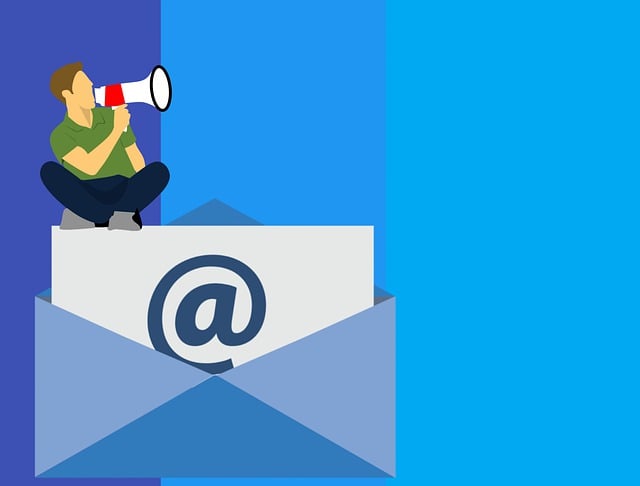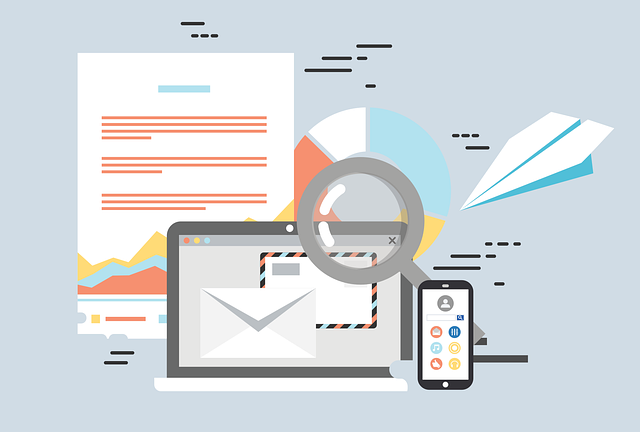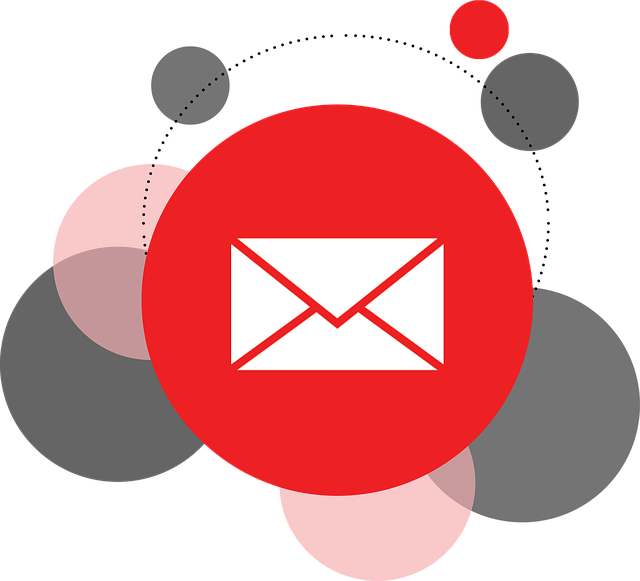Are you ready to unlock the secrets of email marketing success? Brace yourself, because the key lies in tracking the right metrics. As a startup, every move you make counts, and your email marketing efforts should be no exception. But which metrics should you be keeping a close eye on?
Open rates, click-through rates, conversion rates, bounce rates, unsubscribe rates, and return on investment (ROI) are the holy grail of email marketing metrics. These numbers hold the power to revolutionize your startup’s digital marketing game. They provide invaluable insights into your audience’s behavior, allowing you to tailor your campaigns for maximum impact.
By tracking these metrics, you’ll be able to refine your strategies, optimize your content, and ultimately, skyrocket your success. So, buckle up, because in this article, we’ll uncover the mysteries behind each of these metrics, and show you how to leverage them to take your startup to new heights.
Key Takeaways
- Open rates, click-through rates, conversion rates, bounce rates, and ROI are important email marketing metrics
- A/B testing subject lines and email content can optimize open rates and click-through rates
- Strategies to improve engagement and reduce bounce rates include maintaining a clean email list, using double opt-in, segmenting the email list, and monitoring deliverability metrics
- Sending targeted and relevant content, using list segmentation, and improving customer engagement can help reduce unsubscribe rates and improve ROI.
Open Rates
You’ll be amazed at how open rates can reveal the true impact of your email marketing campaigns. By tracking open rates, you can gauge how successful your subject line strategies are in capturing your audience’s attention.
A high open rate indicates that your subject line is engaging and compelling enough to make your recipients want to open your email. To optimize your open rates, consider A/B testing different subject lines to see which ones generate the highest engagement. Experiment with different wording, length, and tone to find what resonates best with your audience.
Once you’ve mastered open rates, you can transition to analyzing click-through rates, which measure the effectiveness of your email content and call-to-action.
Click-through Rates
Boosting your click-through rates is essential for measuring the success of your email campaigns and maximizing engagement with your target audience. To improve your click-through rates, try these four effective strategies:
-
Compelling Call-to-Action: Craft irresistible and action-oriented CTAs that prompt your recipients to click.
-
Personalization: Tailor your emails to each recipient’s preferences and needs, increasing their interest and likelihood to click.
-
A/B Testing: Experiment with different subject lines, email designs, and content to identify the most effective elements for driving click-throughs.
-
Clear and Concise Content: Keep your emails concise, highlighting the key benefits and emphasizing the value to encourage clicks.
By implementing these strategies, you can enhance customer engagement and drive higher click-through rates.
Now, let’s dive into the next section about conversion rates and learn how to turn those clicks into valuable actions.
Conversion Rates
To truly measure the effectiveness of your email campaigns, it’s important to focus on the conversion rates. Conversion rates reveal the true impact of your efforts in terms of valuable actions taken by your audience.
Conversion rates provide insights into customer engagement and indicate how successful you are in turning leads into customers. By monitoring conversion rates, you can identify which emails are driving the most conversions and optimize your campaign accordingly.
A/B testing strategies can also be employed to compare different elements of your emails and determine which ones lead to higher conversion rates. By continually monitoring and improving your conversion rates, you can ensure that your email marketing efforts are effective in driving valuable actions from your audience.
Now, let’s delve into the next important metric: bounce rates.
Bounce Rates
Understanding the bounce rates of your email campaigns is crucial in gauging the effectiveness of your communication and ensuring that your messages are reaching the intended recipients. High bounce rates can indicate issues with your email list quality or deliverability.
To improve engagement and reduce email fatigue, consider these key strategies:
- Maintain a clean email list by regularly removing invalid or inactive email addresses.nn2. Use double opt-in to verify the accuracy of subscribers’ email addresses.nn3. Segment your email list to send targeted and relevant content to different subscriber groups.nn4. Monitor and analyze your email deliverability metrics to identify and address any deliverability issues.
By implementing these strategies, you can optimize your email campaigns and improve engagement.
Now, let’s explore the next important metric: unsubscribe rates.
Unsubscribe Rates
Reducing the frequency of irrelevant content can have a positive impact on your email campaign. It can help mitigate high unsubscribe rates. When customers receive too many emails that don’t align with their interests or needs, they are more likely to opt out of your mailing list.
To prevent this, focus on improving customer engagement. Send targeted emails that are personalized and relevant. List segmentation can play a crucial role in this process. It allows you to divide your subscribers into smaller groups based on their preferences and behaviors. By tailoring your content to each segment, you can ensure that your emails resonate with your audience. This leads to higher engagement and lower unsubscribe rates.
As you optimize your email marketing strategy, the next step is to analyze your ROI. This will help determine the effectiveness of your efforts.
ROI (Return on Investment)
Make sure you’re getting the most out of your email campaigns by tracking your ROI – it’s a great way to measure the success of your efforts and determine if your email marketing strategy is delivering the results you want.
By tracking revenue growth, you can directly see the impact your email campaigns have on your bottom line. This allows you to identify which campaigns are generating the most revenue and adjust your strategy accordingly.
Additionally, measuring customer acquisition cost can help you understand how much you’re spending to acquire each new customer through email marketing. This data-driven approach enables you to optimize your campaigns and allocate your resources more effectively, ensuring that you’re maximizing your return on investment.
Frequently Asked Questions
How can we improve our email deliverability rates?
To improve your email deliverability rates, focus on email blacklist prevention and sender reputation management.
Avoid sending emails to purchased or outdated email lists, as this can increase the chances of getting blacklisted.
Regularly monitor your sender reputation by checking for spam complaints and ensuring that your emails are engaging and relevant to recipients.
Implement proper authentication protocols, such as DKIM and SPF, to establish trust and credibility with ISPs.
What are some best practices for segmenting our email list?
To effectively segment your email list, think of it as organizing a puzzle. Start by using segmentation strategies like demographics, purchase history, and engagement levels to create distinct groups.
This allows you to deliver personalized content that resonates with each segment. By customizing your emails, you’ll see higher open rates, click-through rates, and ultimately, more conversions.
Remember, a well-segmented list is like a perfectly fitted puzzle, maximizing the impact of your email marketing efforts.
How can we measure the overall engagement of our email campaigns?
To measure the overall engagement of your email campaigns, there are several key metrics to consider.
Start by analyzing your open rate, click-through rate, and conversion rate. These metrics will help you understand how well your emails are performing in terms of capturing attention, generating interest, and driving actions.
Additionally, tracking metrics like bounce rate and unsubscribe rate will give you insights into the quality of your email list.
By regularly analyzing these email campaign metrics, you can make data-driven decisions to optimize your engagement and improve your overall campaign performance.
What are some effective strategies for reducing unsubscribe rates?
Tired of watching your subscribers slip away? Well, fear not! Here’s a surefire way to keep them hooked.
First off, personalization is key. Tailor your content to make them feel special.
Next, send emails at the right frequency – constant bombardment is a big no-no.
Lastly, listen to your subscribers. Act on their feedback and make improvements accordingly.
By reducing churn and retaining subscribers, your email campaigns will soar to new heights!
How can we track the success of our email marketing campaigns beyond just ROI?
To track the success of your email marketing campaigns beyond just ROI, you need to focus on email marketing analytics and email open rates. These metrics provide valuable insights into the effectiveness of your campaigns, allowing you to make data-driven decisions.
By monitoring email open rates, you can determine the engagement level of your subscribers and adjust your strategies accordingly. This will help you optimize your campaigns, improve customer retention, and ultimately drive more conversions.
Conclusion
In conclusion, tracking email marketing metrics is crucial for the success of your startup. By keeping an eye on open rates, click-through rates, conversion rates, bounce rates, unsubscribe rates, and ROI, you can optimize your email campaigns and drive better results.
One interesting statistic to note is that personalized emails have been found to deliver 6x higher transaction rates. So, make sure to tailor your emails to your audience’s preferences and interests to maximize engagement and conversions.
Start measuring these metrics today and take your email marketing to the next level!








